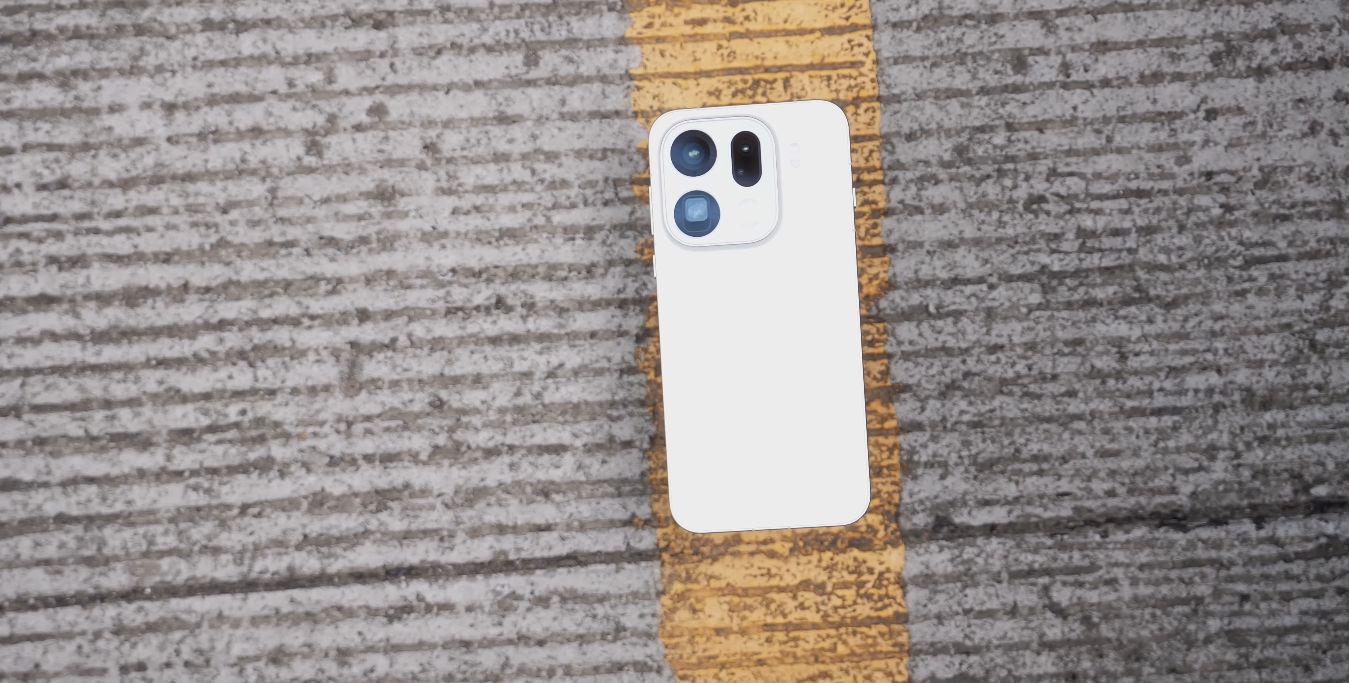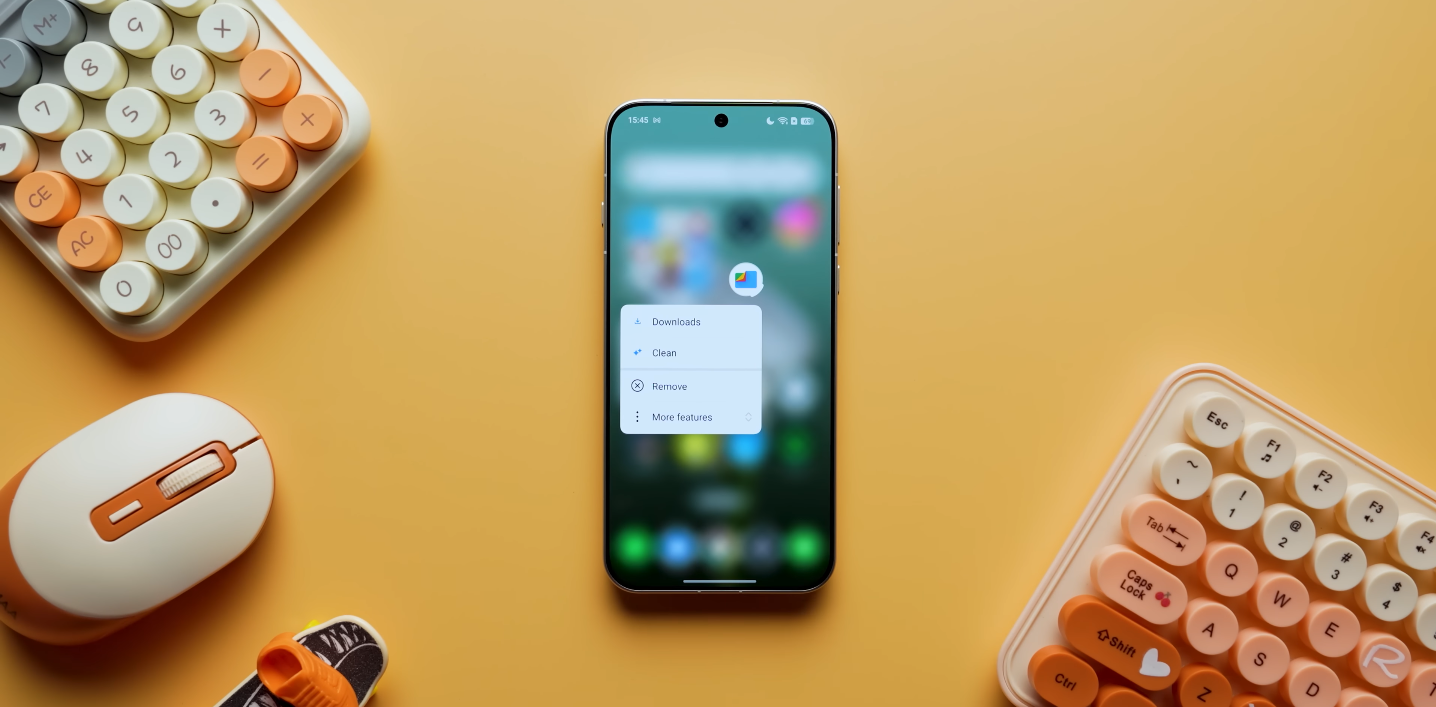American Android Community Divided Over Oppo’s Display Design Choice
As speculation builds around the upcoming Oppo Find X9 Pro, one particular detail has sparked intense debate among smartphone enthusiasts in the United States — the possibility of a curved display. Leaks suggest Oppo could bring back the curved-edge design that was once a hallmark of premium phones, but not everyone is pleased. American users are voicing mixed opinions about whether the brand should stick with this aesthetic or opt for a more practical flat screen.
Curved screens were once considered the ultimate symbol of luxury in smartphones. Many early adopters loved their futuristic look and immersive viewing experience. Some US users still hold that opinion, believing that a slightly curved screen adds elegance and makes the device feel more premium. They argue that, when done right, it enhances edge visibility and reduces the bezel effect, giving the phone a smooth, borderless appearance. Supporters of the curved design feel Oppo’s engineering expertise could produce a more refined and ergonomic version this time.
However, a growing number of American consumers disagree, citing everyday usability concerns. Many users have grown frustrated with accidental touches on curved displays, difficulty in applying screen protectors, and problems finding durable cases that fit properly. For them, functionality outweighs aesthetics. This group believes that a flat panel offers a more consistent user experience and better durability — both crucial factors for people who use their phones heavily throughout the day. The sentiment echoes a broader industry shift in the US, where even major brands have gradually moved back to flatter designs.

Several tech enthusiasts across American online forums have expressed relief at the rumors that Oppo may actually skip the curved design altogether. Flat screens, they argue, make typing easier, offer better protection against drops, and avoid the reflective distortion that curved glass can cause under strong sunlight. In regions of the US with bright conditions — such as California, Texas, or Florida — display reflections are a common annoyance. Flat panels also make it simpler for third-party accessory manufacturers to create screen protectors and cases, something highly valued by practical buyers.
That said, there is still a group of US fans who hope Oppo finds a middle ground — perhaps adopting what’s known as a “micro-curve” or slightly tapered edge. They believe such a design could blend the immersive aesthetic of a curved screen with the everyday usability of a flat one. These users note that a subtle curve can improve hand comfort and scrolling without causing major issues with protection or glare. If Oppo manages to perfect this balance, it could win over both camps and set a new design standard among Android flagships.
In terms of durability, curved displays have historically been more vulnerable to cracks along the edges during accidental drops. This issue resonates strongly with American consumers, who often invest in rugged cases and extended protection plans. A flat display, paired with Gorilla Glass protection, is viewed as a more sensible choice for a market that values longevity. US buyers also consider resale value, and phones with flat screens often maintain better cosmetic condition over time, increasing their trade-in appeal.
Another factor shaping US reactions is how the display design aligns with pricing expectations. Oppo is seen as a premium challenger brand in the US, competing indirectly with Samsung, Google, and Apple. Many American users believe that if Oppo wants to attract new customers in a mature market, it must focus on practicality and user experience instead of risky design choices. A curved display might look impressive in marketing images but could alienate buyers who prioritize comfort, protection, and compatibility with accessories.
Discussions online also touch on how the rumored design fits into Oppo’s overall identity. For years, Oppo has been praised for innovation in charging speed, camera technology, and build quality. Some US users argue that those strengths should take center stage, rather than reintroducing a divisive feature like a curved screen. They feel Oppo’s reputation could benefit more from improving brightness, color accuracy, and energy efficiency — all of which are said to be strong points of the upcoming Find X9 Pro.
As the official launch draws closer, the conversation among US smartphone fans continues to intensify. Those who appreciate sleek aesthetics and cutting-edge design are eager to see if Oppo will embrace the curve, while others hope the company listens to consumer feedback and delivers a flat, functional flagship. The final reveal could play a decisive role in shaping Oppo’s image in the American market, where user experience often outweighs visual flair.
Ultimately, the debate surrounding the Oppo Find X9 Pro’s rumored curved display reflects broader consumer preferences in the US smartphone scene. While some crave innovation and bold design, many now value practicality, comfort, and reliability more than ever. Whether Oppo chooses the curve or the flat path, it’s clear that American buyers are paying close attention — and their reaction could influence how future flagships are designed for global markets.

